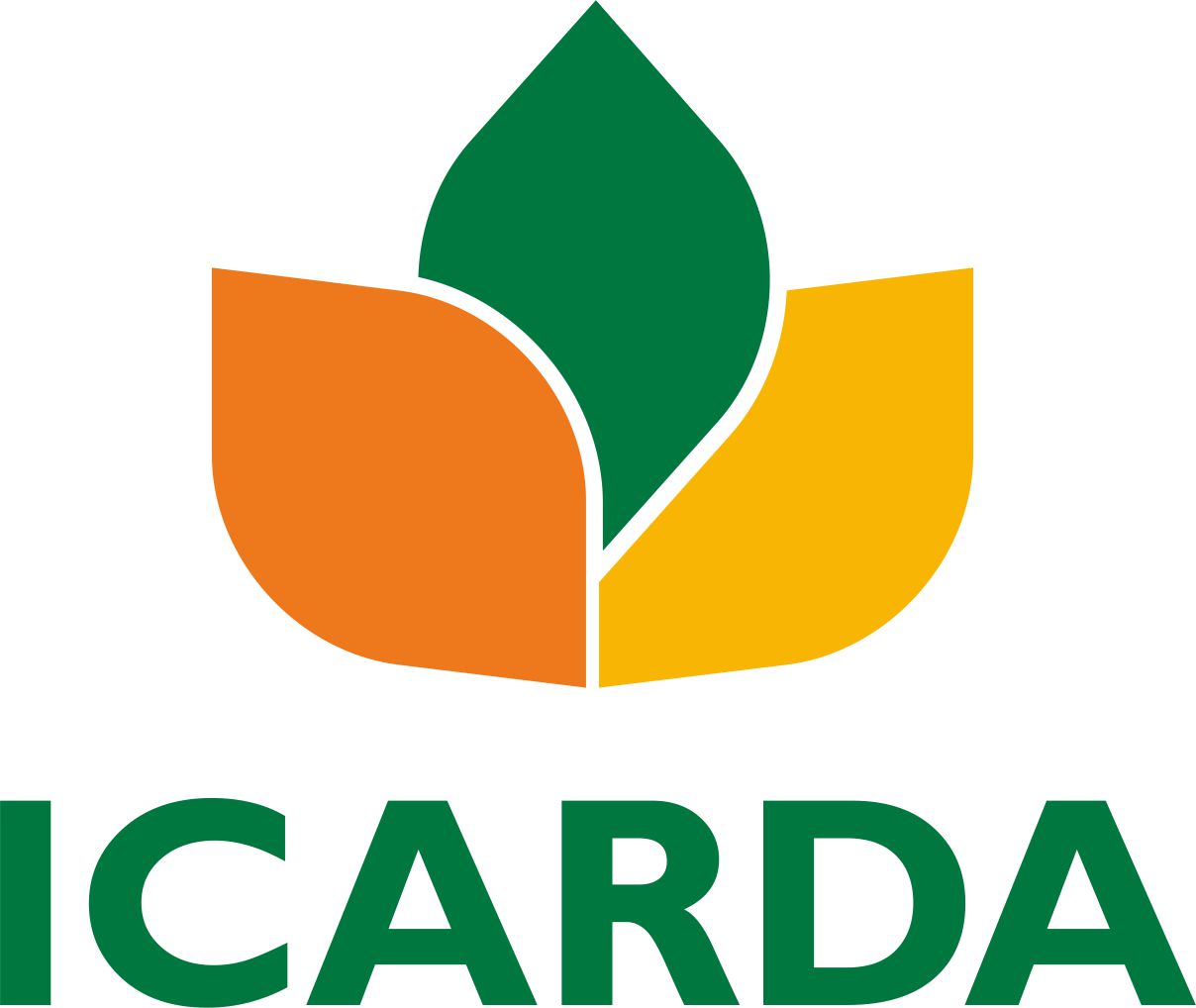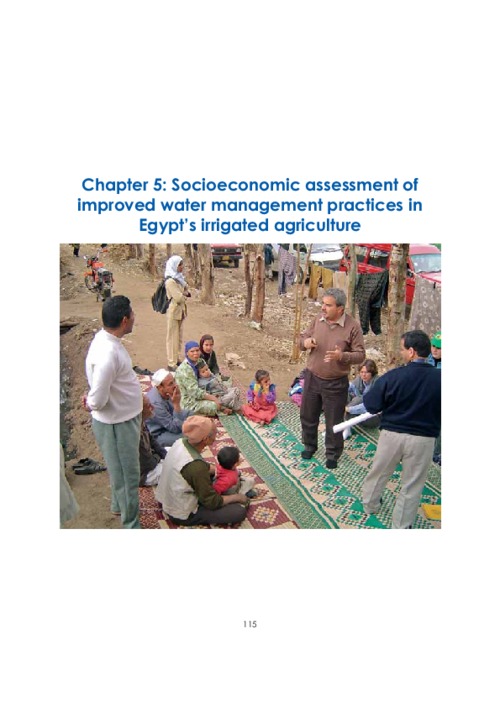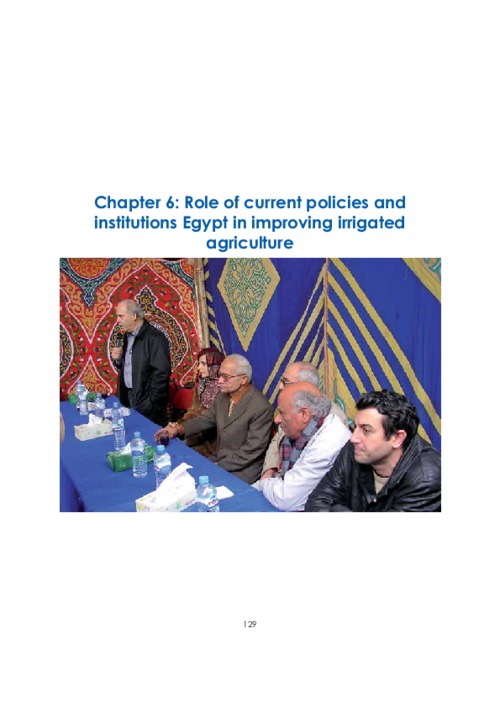Location
The International Center for Agricultural Research in the Dry Areas (ICARDA) was established in 1977. It is one of 15 such centers supported by the CGIAR. ICARDA’s founding mandate to promote agricultural development in the dry areas of developing countries remains highly relevant today.
ICARDA works with a tight focus on the problem-solving needs of resource-poor farmers, achieving this through the in-field delivery of its research outputs. Although global food production has increased by 20 per cent in the past decade, food insecurity and poverty remain widespread, while the natural resource base continues to decline.
International research centers such as ICARDA, which have helped drive previous improvements, continue to deliver new technologies to support sustainable growth in agriculture, and crucially, to work with a wide range of partners to accelerate the dissemination of these technologies.
ICARDA’s biggest strength is its staff – 600 highly skilled men and women from 32 countries. Our research and training activities cover crop improvement, water and land management, integrated crop-livestock-rangeland management, and climate change adaptation.
Other interventions include:
- Water harvesting - supplemental irrigation and water-saving irrigation techniques
- Conservation agriculture methods to reduce production costs and improve sustainability
- Diversification of production systems to high-value crops – horticulture, herbal and medicinal plants
- Integrated crop/rangeland/livestock production systems including non-traditional sources of livestock feed
- Empowerment of rural women – support and training for value-added products.
The ICARDA genebank holds over 135,000 accessions from over 110 countries: traditional varieties, improved germplasm, and a unique set of wild crop relatives. These include wheat, barley, oats and other cereals; food legumes such as faba bean, chickpea, lentil and field pea; forage crops, rangeland plants, and wild relatives of each of these species.
ICARDA’s research portfolio is part of a long-term strategic plan covering 2007 to 2016, focused on improving productivity, incomes and livelihoods among resource-poor households.
The strategy combines continuity with change – addressing current problems while expanding the focus to emerging challenges such as climate change and desertification.
We work closely with national agricultural research systems and government ministries. Over the years the Center has built a network of strong partnerships with national, regional and international institutions, universities, non-governmental organizations and ministries in the developing world and in industrialized countries with advanced research institutes.
THE ‘DRY AREAS’
Research and training activities cover the non-tropical dry areas globally, using West Asia, North Africa, Central Asia and the Caucasus as research platforms to develop, test, and scale-out new innovations and policy options.
Dry areas cover 41 per cent of the world’s land area and are home to one-third of the global population. About 16 per cent of this population lives in chronic poverty, particularly in marginal rainfed areas. The dry areas are challenged by rapid population growth, frequent droughts, high climatic variability, land degradation and desertification, and widespread poverty. The complex of relationships between these challenges has created a "Poverty Trap."
Members:
Resources
Displaying 346 - 350 of 431Socioeconomic assessment of improved water management practices in Egypt’s irrigated agriculture
The objectives of this report are to evaluate and test, with community participation; the benchmark water management options which sustainably improve water productivity, net return per water unit, and optimize water use. The strategies evaluated have to be economically viable, socially acceptable, and environmentally sound in the three different agricultural eco-systems.
Role of current policies and institutions Egypt in improving irrigated agriculture
The objective of any national water policy is, normally, to ‘Generate the maximum possible economic value for the nation’. Under water scarcity situations, water should be allocated so that users who generate a higher income per unit volume of water are given priority over those who generate less income. This applies not only to water quantity, but also to water quality. The above statements are valid when water is considered as an economic commodity.
Rainfed benchmark Site selection and characterization
From these workshops and an analysis of project documentation, we can conclude that possibilities for the improvement of water use do exist. These improvements depend not only on technical aspects, but also on organization and policy considerations.
Towards sustainable and improved water productivity in the old lands of the Nile Delta
Almakatei village, located on Alatf canal, was selected purposely to represent the community. Its agricultural land is located across three main districts in Menoufia Governorate – Al Bagour, Shebin Al Koum and Quesna. This was considered as one of the main advantages of selecting this site. El-Menira tertiary on Alatf canal was selected as the site for the study of the pipeline group. It is about 870 m long and it serves an area of about 40 ha. El-Hamra tertiary was selected for the study of the open canal group and serves an area of 30 ha.
Selection and Characterization Of the Badia Benchmark research site
How suitable an area is for WH depends on local society, farming practices, and whether the area meets the basic technical requirements of the WH system in question. When planning such systems, appropriate data must be available on the climate, soil, crops, topography, and socioeconomics of the project area. The available tools and methods of data acquisition for planning, designing, and implementing WH systems, include field visits, site inspections, topographic and thematic maps, aerial photos, satellite images, and geographic information systems (GIS) must also be considered.







